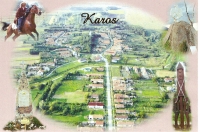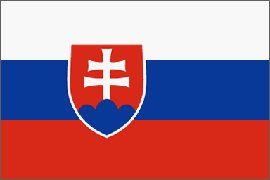
The number of its current population: 514, unemployed 52, Roma population approx. 15%.
One of the oldest settlements of the Bodrogköz, the town of Honfoglaláskori, is the cemetery of Honfoglalók, which was opened on July 6, 2007 to the National Cemetery.
It is interesting that its cemetery at the time of the settlement was excavated by the very, very rich archeological finds that are kept in the Ottoman Museum Hermann Miskolc. The first known written mention of the village was known from 1392, the letter from the chapter of the Eger chapter.
His land, in terms of property law, was usually heavily divided by the XVI. end. After that, mention was made of László Barkóczy, Ferenc Alaghy, and then Baron Sennyey had the greatest estate in the village in the XVIIth century.
In the 1930s, besides the Sennyey family, Count Ferenc Nádasdy was among the landowners.
In 1880 a fire destroyed the village. The Reformed Church was built in 1824.
It lies on the border between Hungary and Slovakia. It is located in the immediate vicinity of the Felvidék Bodrogloo, approx. the houses are 1 - 2 km from each other.
Between the two settlements, the road to the Bodrogköz blood circulation was completed in 118 years ago.
The first joint development of the Bodrogközi Development Partnership, in which all Partners participated.
With the international passage, some 40-50 km closer to the citizens of Upper and Lower Bodrogköz.
There is no railway line, it is easily accessible by road, approximately the same distance from the Bodrog and the river Tisza.
Tradition-guarding activities, carpet weaving, horseshoe blacksmith, but not currently follower.
|




